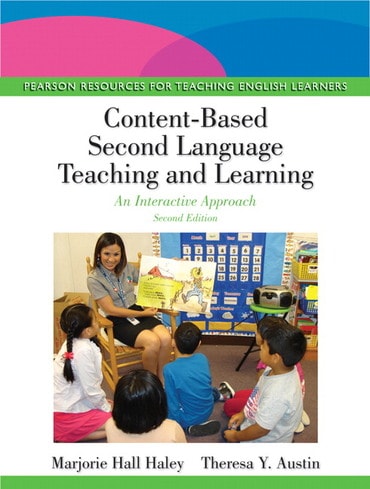Switch content of the page by the Role togglethe content would be changed according to the role
Content-Based Second Language Teaching and Learning: An Interactive Approach, 2nd edition
Published by Pearson (July 17, 2013) © 2014
- Marjorie Hall Haley George Mason University
- Theresa Y. Austin University of Massachusetts, Amherst
eTextbook
per month
$117.32
Need help? Get in touch

Digital Learning NOW
Extend your professional development and meet your students where they are with free weekly Digital Learning NOW webinars. Attend live, watch on-demand, or listen at your leisure to expand your teaching strategies. Earn digital professional development badges for attending a live session.

